Gone with the Wind: Tales and Tips from a Trip to Wyoming's Wind River Range

(Words and Photos: Dillon Crippen)
The cold water of Titcomb Lake soothed my tired feet as I gazed upon Fremont Peak, the third tallest mountain in the Wind River Range. The sun had yet to rise over the towering granite peaks that surrounded our tents. Scattered clouds shifted colors as they passed over the valley. Splashes of reds, purples, yellows, and blues exploded from the blooming wildflowers that dominated the landscape. Wyoming’s Wind River Range, or the Winds for short, is a mecca for adventurers who seek a dramatic and desolate backcountry experience. Even in the age of social media, this range remains under the radar due to its relative remoteness and long, bumpy roads to reach most trailheads. The landscape itself presents unique challenges, especially for backpacking, including long approaches, abundant wildlife, and fast changing weather. Armed with several years of experience and an insatiable hunger for adventure, my travel buddy Trevor and I set out to backpack over 55 miles in a six day span in the Wind River Range. Much like my many trips before, I learned new tips and reaffirmed old ones over the course of the adventure.
About five years ago I began my entrance into the world of backpacking. I still vividly recall how daunting it felt to see the list of gear experts recommended to have a safe and successful backpacking trip. Now, even after five years and hundreds of miles covered, I can assure you...I am still learning. One of my most popular pieces of advice I give to people who ask me for backpacking tips is that backpacking is a constant learning experience. Each adventure provides you the opportunity to pack differently, cook a new meal, or even try out some new gear. This constant experimentation is one of the things I enjoy the most about backpacking and one of the most rewarding ways to gain experience.
The Wind River Range is a dramatic collection of more than 40 granite peaks that exceed 13,000 feet of elevation. These mountains create their own weather often leading to unreliable forecasts and quickly shifting weather. They can be very hard to pack for even during the summer. Even though my goal is to be as light as possible, sometimes I prefer to err on the side of caution and overpack for my trips. Adding a little extra weight or taking up a little extra space can be worth it in those situations where you get caught in a surprise rainstorm or overnight lows are much colder than you expected.

With three days and 20 miles already under our belts in the Tetons, we set our sights on Pinedale, Wyoming. This small town of just over 2,000 residents is considered to be the gateway to the Wind River Range. We decided to make a last minute stop at the only grocery store in town to ensure we had enough food and water for our three day and two night trek to Titcomb Basin the next day, the first 30 of our 55 total miles we would be hiking in the Winds. The goal was to complete the entire 15 mile hike to the first of the lakes in the basin in one day, which would give us a zero day on day two, and on day three we complete the 15 mile hike back.
Our day began just after sunrise as we made our way through the Bridger-Teton National Forest. The trail begins by moderately climbing its way through beautiful groves of Whitebark Pines. After about four miles the landscape begins to open up, giving way to vast views of the distant peaks. We began to pass several alpine lakes, one after the other, each one taking up about a mile of trail. By mile ten we reached the end of Seneca Lake. We decided to stop by the lakeshore to rest, snack, and refuel. I decided to experiment on this trip by bringing an electrolyte powder to help me stay hydrated and energized. This will definitely be a staple in my pack moving forward.

The next five miles were tough. The elevation began to climb and drop larger and larger amounts. The high alpine sun beat down upon us with no more tree cover for relief. We were running out of steam. This is the part of a hike that can make or break an experience for almost anyone. This part is what I call the “suffer”. My second biggest tip for aspiring adventurers is that you have to learn to love the suffer (or at least tolerate it). The best places to be are usually the hardest ones to reach. Adopting a positive mindset when it comes to the strenuous, not so fun parts of a hike can greatly improve your mental fitness which in turn can elevate your physical fitness. Pushing myself mentally and physically has become an exciting challenge for me and it allows me to treat every hike as an opportunity to do better than the last time. This constant battle against myself keeps me striving to go farther, go higher, and go for longer. This trip was the first time I had ever attempted to do 80 miles in a one week span.
One final rock scramble stood between us and our home for the next couple of nights in the Titcomb Basin. As we crested the small rocky hill the landscape suddenly opened up to one of the most gorgeous alpine scenes I’ve ever witnessed. Wildflowers of purple, red, and yellow painted the ground, creating a sharp contrast to the greys and browns of the jagged granite walls that surrounded us. We set up our tents 200 feet away from the trail and the lake shore, as suggested by Leave No Trace principles. The LNT principles exist as a way to protect and preserve these gorgeous landscapes we are lucky enough to explore. We both breathed a big sigh of relief as we were finally done hiking for the day.

We had just finished setting up our camp when the weather took a very quick turn from the mostly sunny skies we grew accustomed to. A storm had rolled in and we got to experience our first Wind River rain storm. Remember the part about packing a jacket? It paid off here! The cold rain felt great after spending the entire day in the sun. Luckily, like most weather in the Winds, this storm was fast moving and we were soon greeted by the sun again, just in time for an incredible sunset.
Nightfall gave way to clear skies, chilly temps, and a vast ceiling of stars. For this trip I felt like a 30 degree bag would be sufficient enough to stay comfortable overnight. My adventure mummy bag from Cascade Mountain Tech did not let me down. My two favorite features that set this bag apart from my previous bags are the bottom straps and the front chest pocket. As a chronic tosser and turner, the bottom straps let me secure the bag to my sleeping pad, preventing me from sliding off in the middle of the night as I often do. The chest pocket provides a safe, secure, and most importantly a climate controlled spot to place your phone or other small, important items while you sleep. I’ve woken up several times in the past to a phone that was too cold to operate because I left it in my tent pocket. It’s such a simple feature but one that goes a long way.

After our much deserved and much needed zero day in the basin, we packed up and began the journey back to the trailhead, for another adventure awaited us. I will be honest, the fifteen mile trek out of the basin was mostly uneventful. We exited the forest some time in the afternoon which gave us just enough time to head back to the grocery store in Pinedale and pick up some last second essentials for the second leg of our Wind River odyssey. After a two hour drive to the trailhead on some sketchy dirt roads, our 25 mile, three day and two night loop into the Cirque of the Towers awaited us in the morning.
I quickly ate my oatmeal and chugged some coffee as I double checked my gear. We were up at sunrise again trying to shake off any exhaustion from the day before. Nine gradual uphill miles stood between us and the four lakes on the backside of the Cirque for our first night. I think the excitement of seeing what many consider to be the most beautiful spot in the Winds was enough for us to get moving. I extended my trekking poles, hoisted my pack over my shoulders, and just like that we were off again.
Ironically, when I first started getting into hiking and backpacking, I thought trekking poles were overkill. I will also be the first to admit I was dead wrong about poles. The right set of poles offer incredible benefits like decreased impact to your knees and ankles as well as keeping you upright and balanced while you navigate tricky terrain. I rarely hike without my Ultralight 3K Carbon poles from Cascade Mountain Tech nowadays and I would even be confident in saying that I would not have been able to complete the over 80 miles we did without them.

Much like our hike into Titcomb Basin, we traversed through Whitebark Pine forests, open grassy meadows, and beside large alpine lakes. Compared to the thirty miles we had completed previously, this hike felt like a nice break for our tired bodies. In the early afternoon we arrived at Shadow Lake, another spectacular body of water surrounded by dramatic cliffs and jagged peaks. Just like in the basin, the weather moved quickly and changed often. Watching the clouds dance their way across the sky became my favorite way to pass the time at camp. After several snacks and a long nap, the sun began to set on our first night in the Cirque. Reaching Lonesome Lake, the day two destination, meant we would have to climb over Texas Pass, which gains 1,000 feet over a half mile. Hiking this loop counterclockwise was a decision we made to make Texas Pass a steeper but shorter ascent versus attacking it from the other side.
Since we only had about four miles to cover we were able to sleep in a little the next morning and give our bodies some much needed extra rest. With full packs, tired legs, and a heavy reliance on our trekking poles, we began the steep ascent of Texas Pass. Maybe it was the altitude, maybe it was the heavy packs, or maybe it was the exhaustion from the previous days, but the “suffer” began to creep in. The saddle of Texas Pass sits at about 11,200 feet, almost higher than every peak in our home state of Oregon. And despite gaining epic views of Texas Lake below, this was one tough trudge, the hardest of the entire trip.
To put it in its most basic terms, hiking is the act of putting one foot in front of the other. Sometimes reminding yourself of that can help you during these tough trudges. If you can string together enough steps eventually you will reach your destination. With this in mind, we put our heads down, dug in our poles, and kept climbing. We crested Texas Pass after about forty minutes of slow, calculated steps. Relief coursed through our bodies as we realized we just had a short descent down to our next spot, Lonesome Lake, the real gem of the Cirque.

Sitting in a horseshoe shaped bowl, Lonesome Lake rests right up next to dramatic vertical cliffs. In terms of epic alpine scenery, this is easily the best spot we camped at all trip. Our epic camp spot was just a short walk from the sandy lake shore. The crystal clear water acted as a mirror while it reflected the granite towers around it. This would be our final night in the Winds, a bittersweet ending to an epic adventure.
The next day we took our time, soaking up every view we could get. A quick climb up Jackass Pass gave us our final epic view of the Cirque, putting its true scale into perspective. By now we were super grateful that the last eight miles of our journey were a gradual downhill hike through open meadows and beautiful forest. We could not have reached the car at a better time as exhaustion finally crept up and our bodies ran out of fuel. A sense of accomplishment also arose as we realized what we had just done. Over 55 strenuous, but worthwhile miles in Wyoming’s magical Wind River Range. While the experience was mentally and physically exhausting, the memories and experience gained on this trip are priceless.
-
Shop the gear from this post:




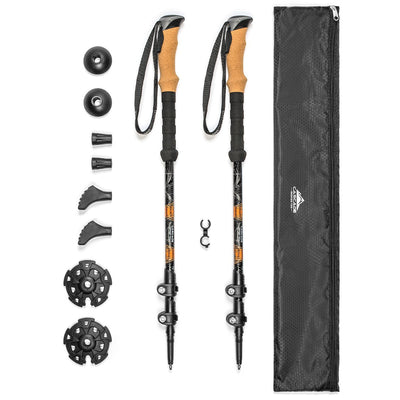
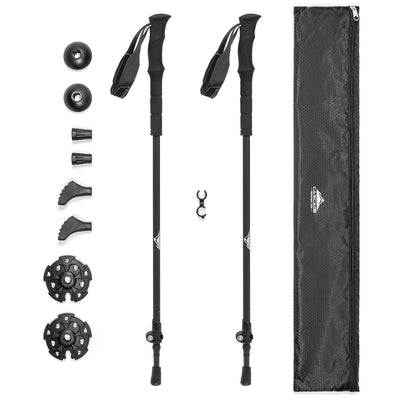
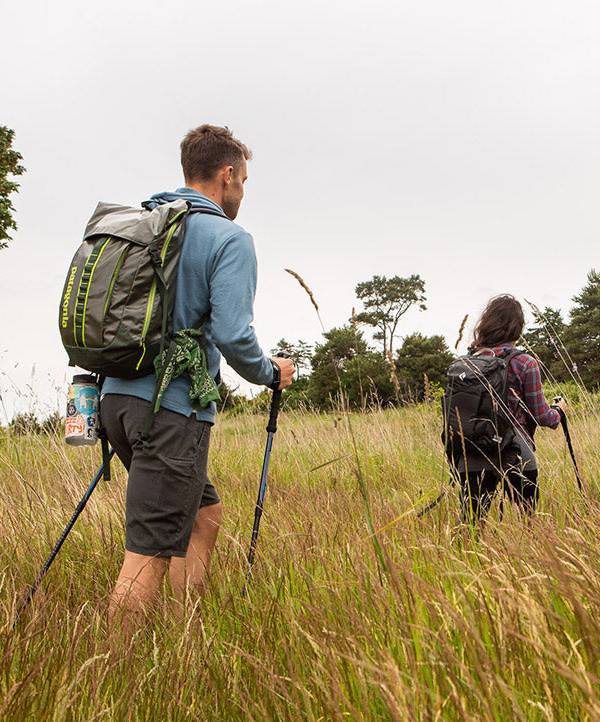
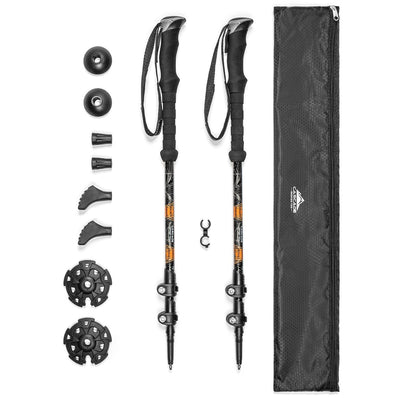
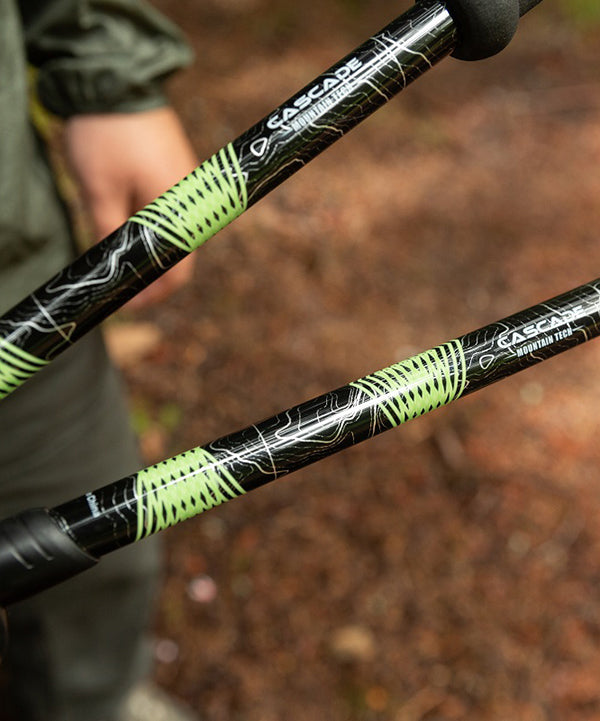
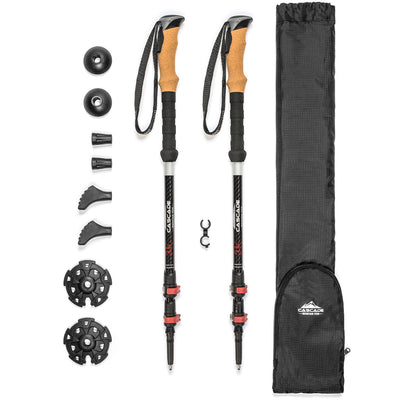
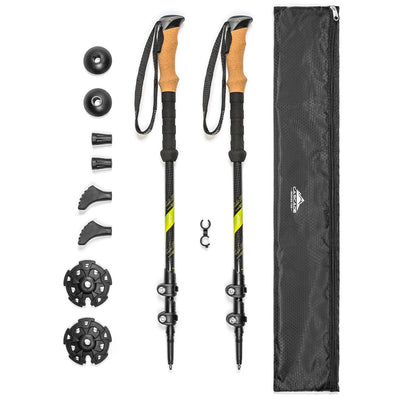
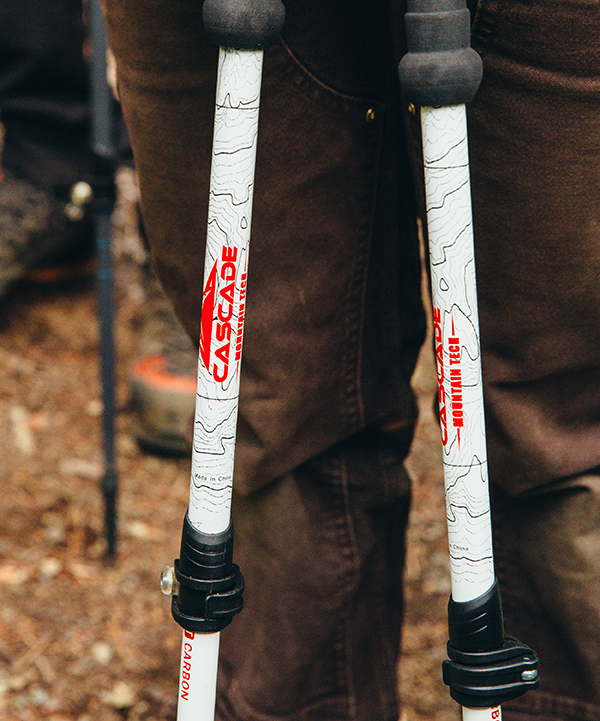
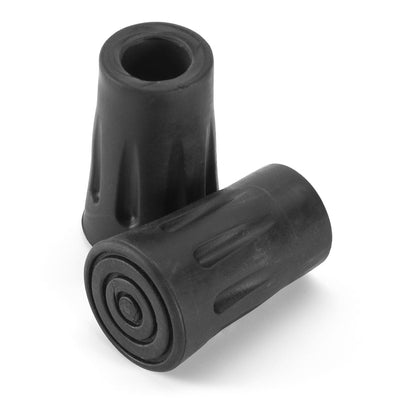
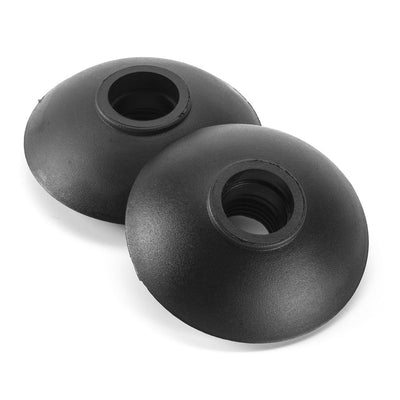
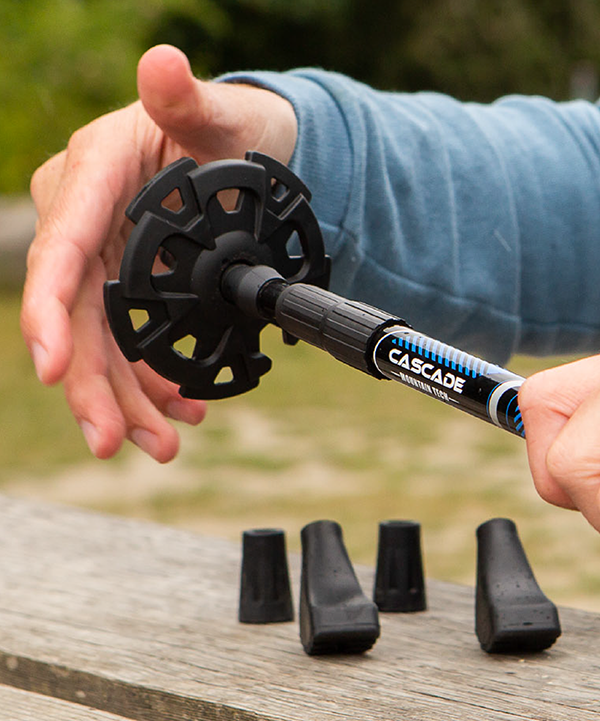
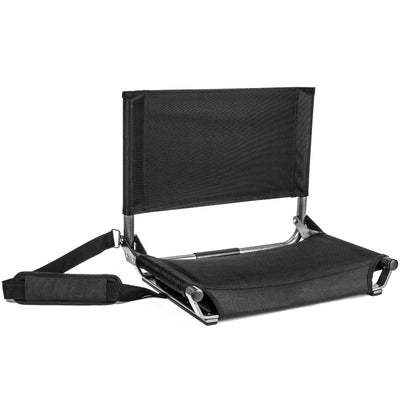
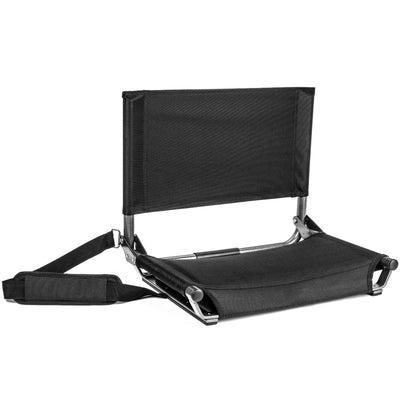

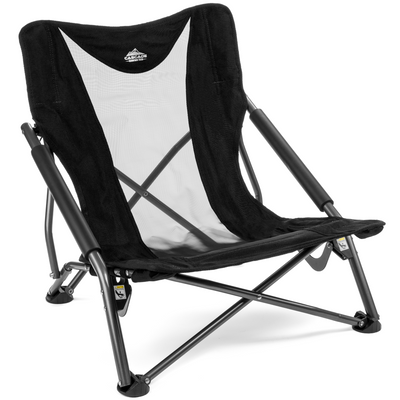
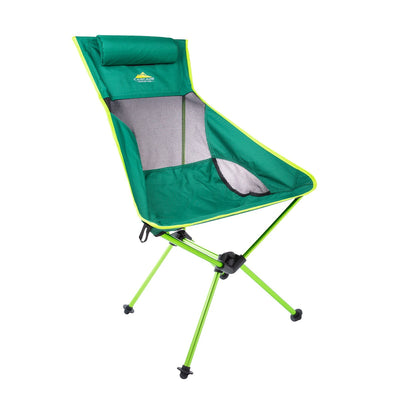
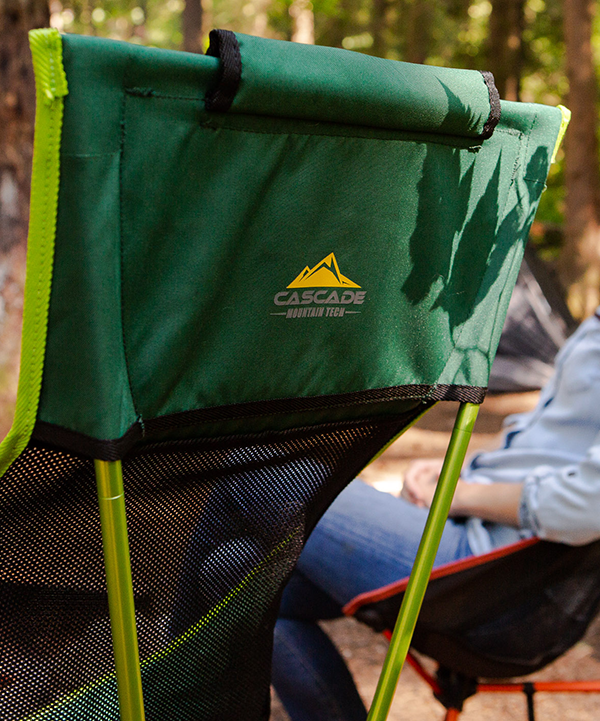
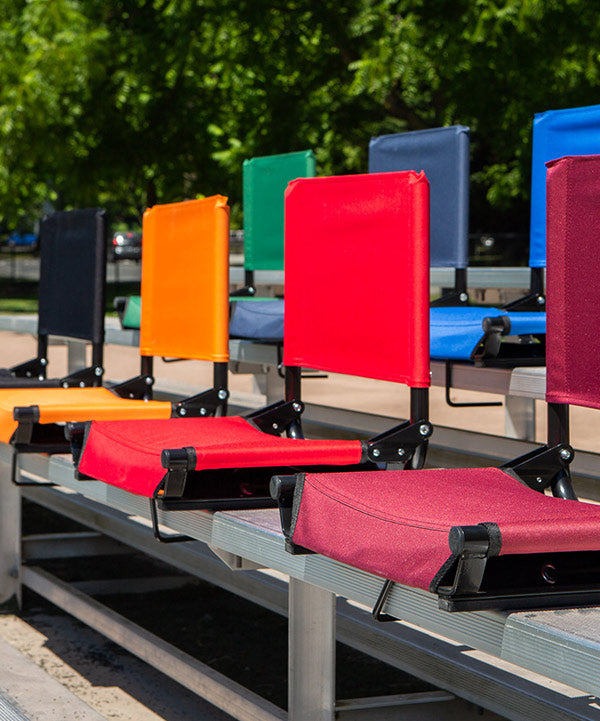
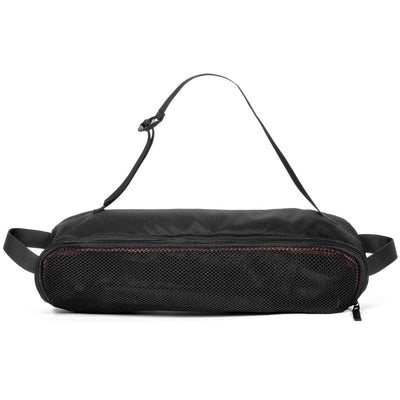
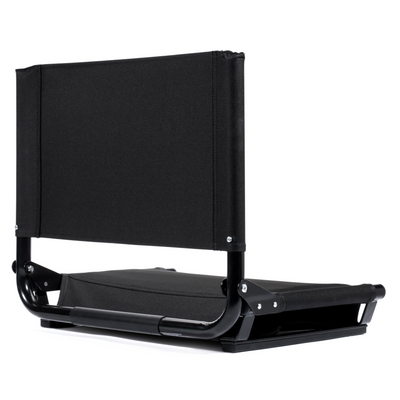
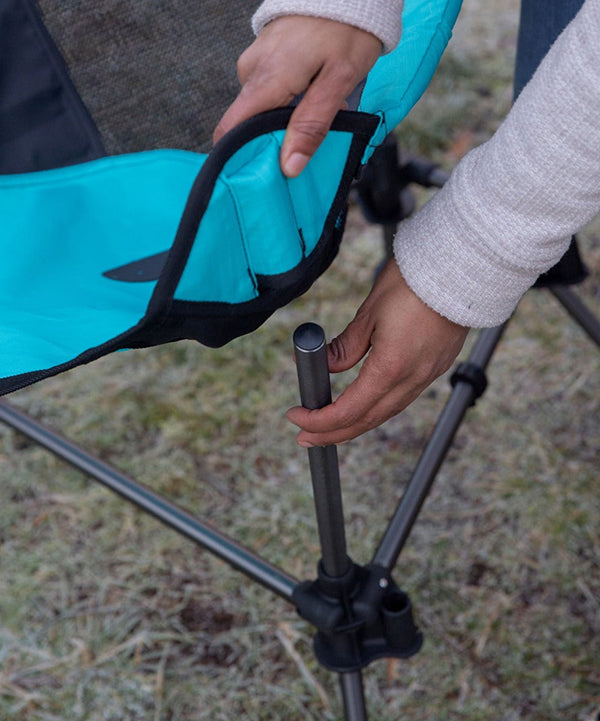
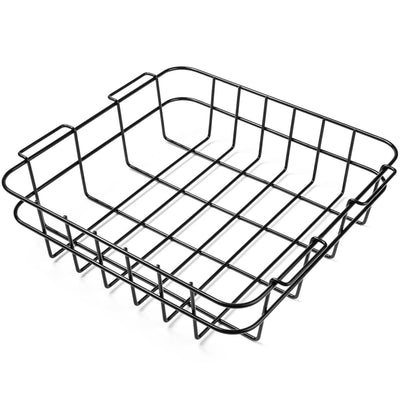
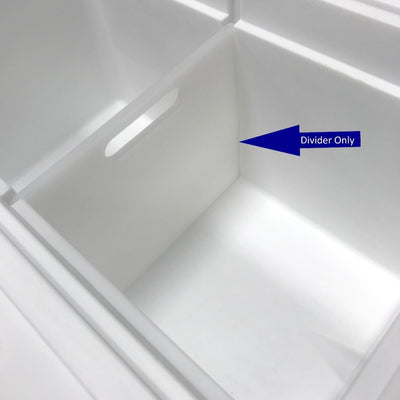
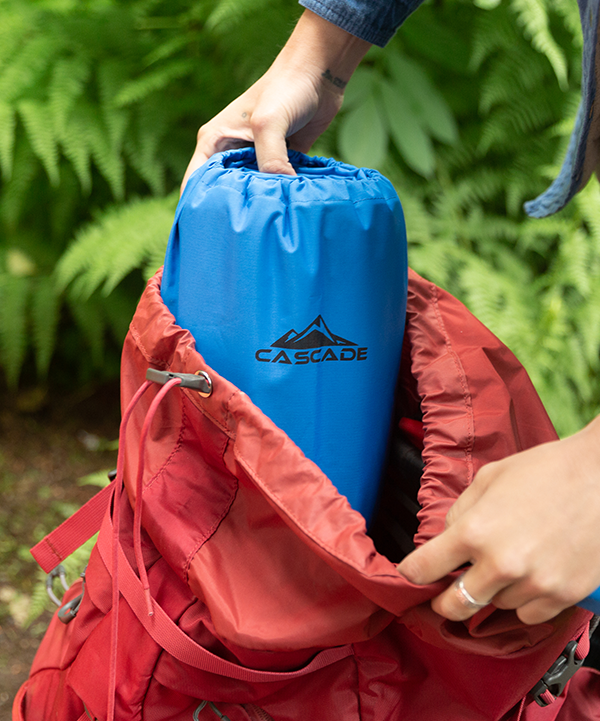
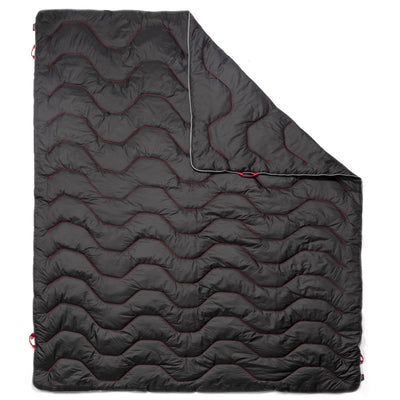
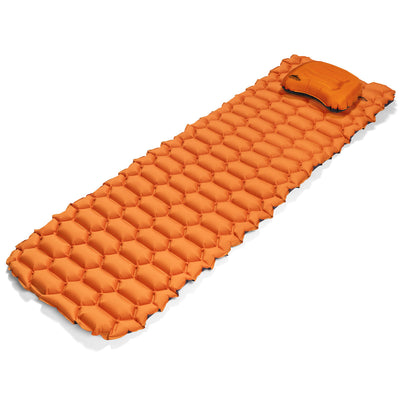
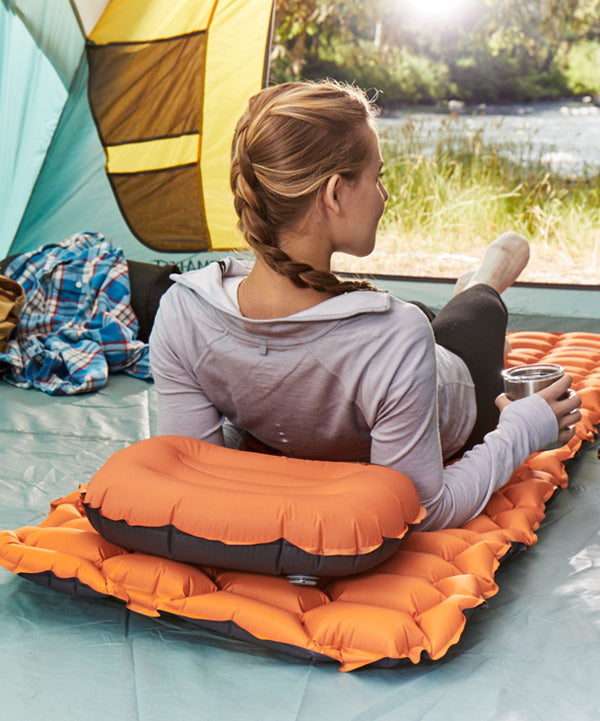
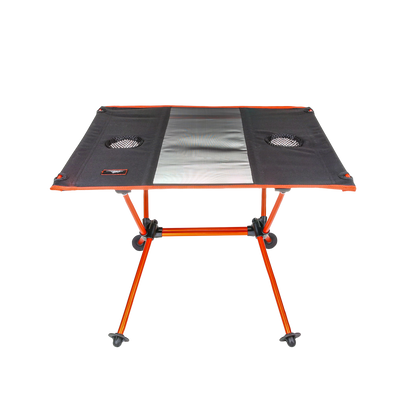
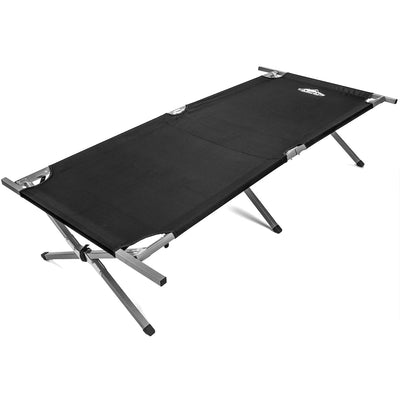
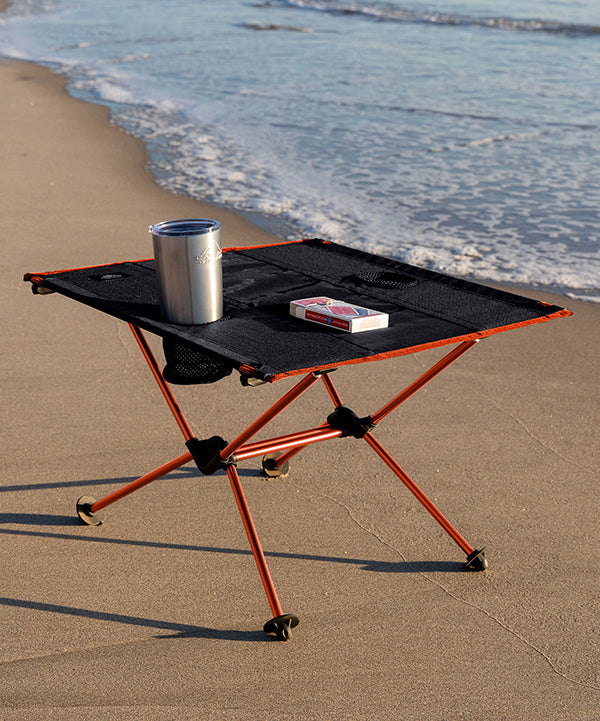
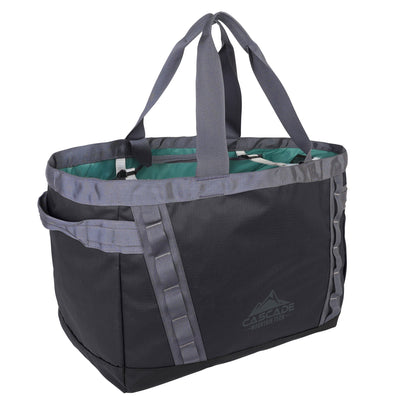
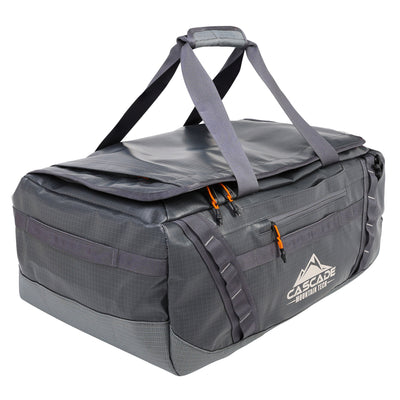

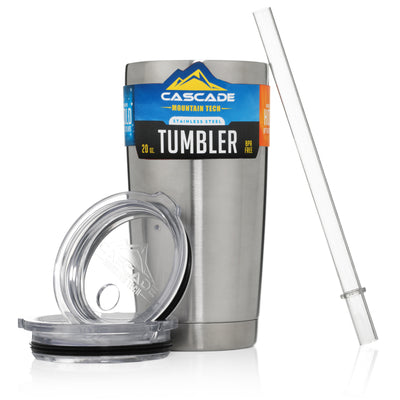
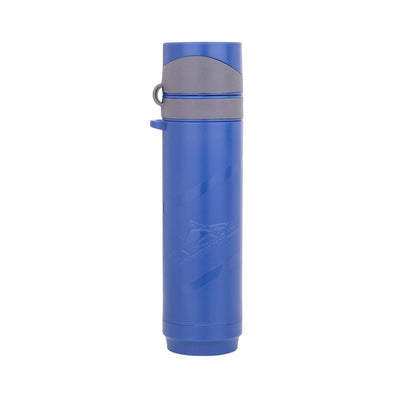
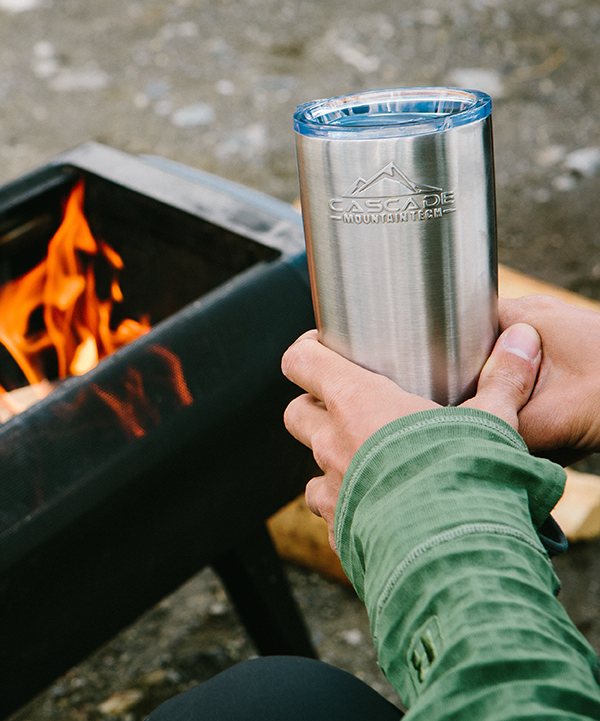
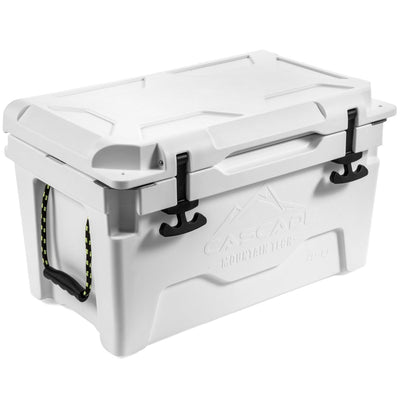
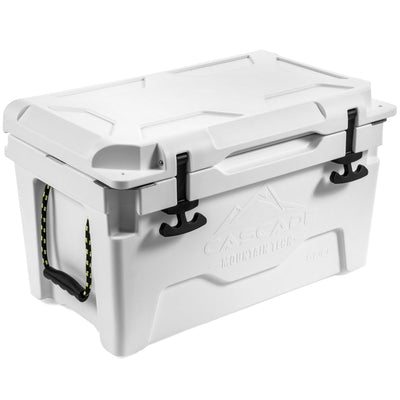
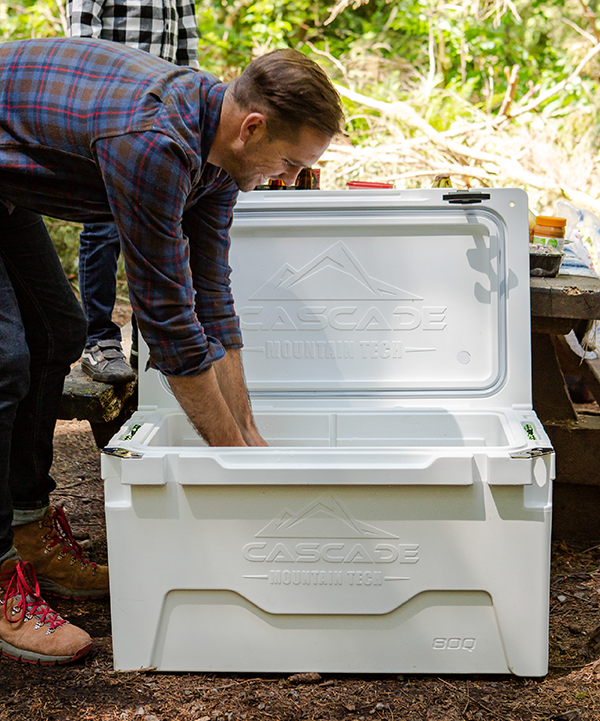
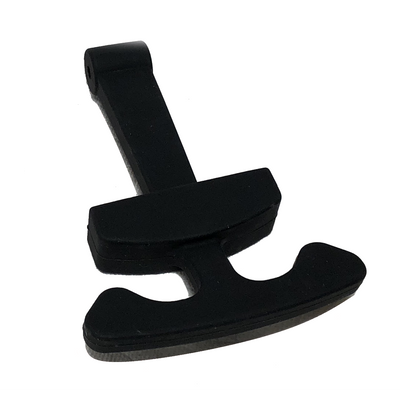
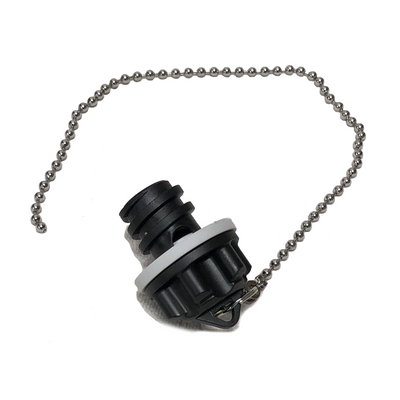
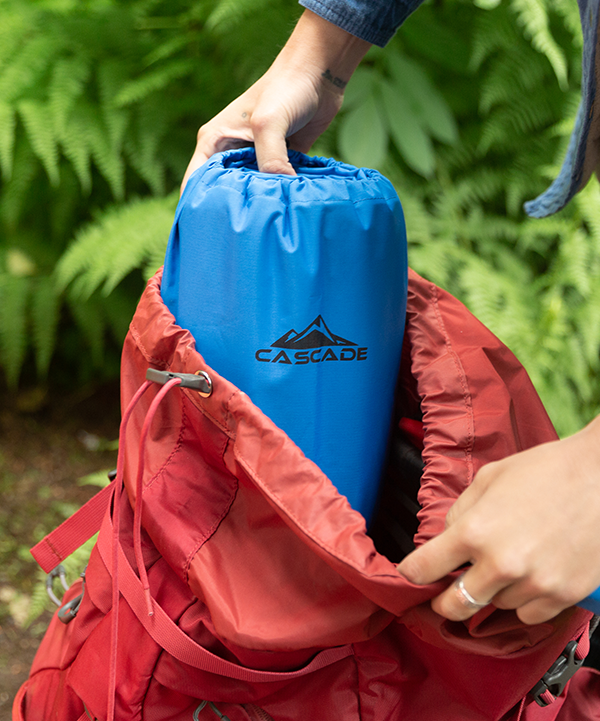
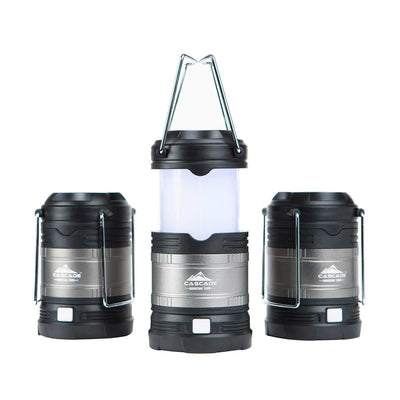
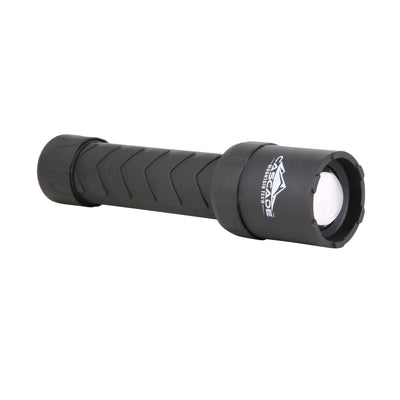
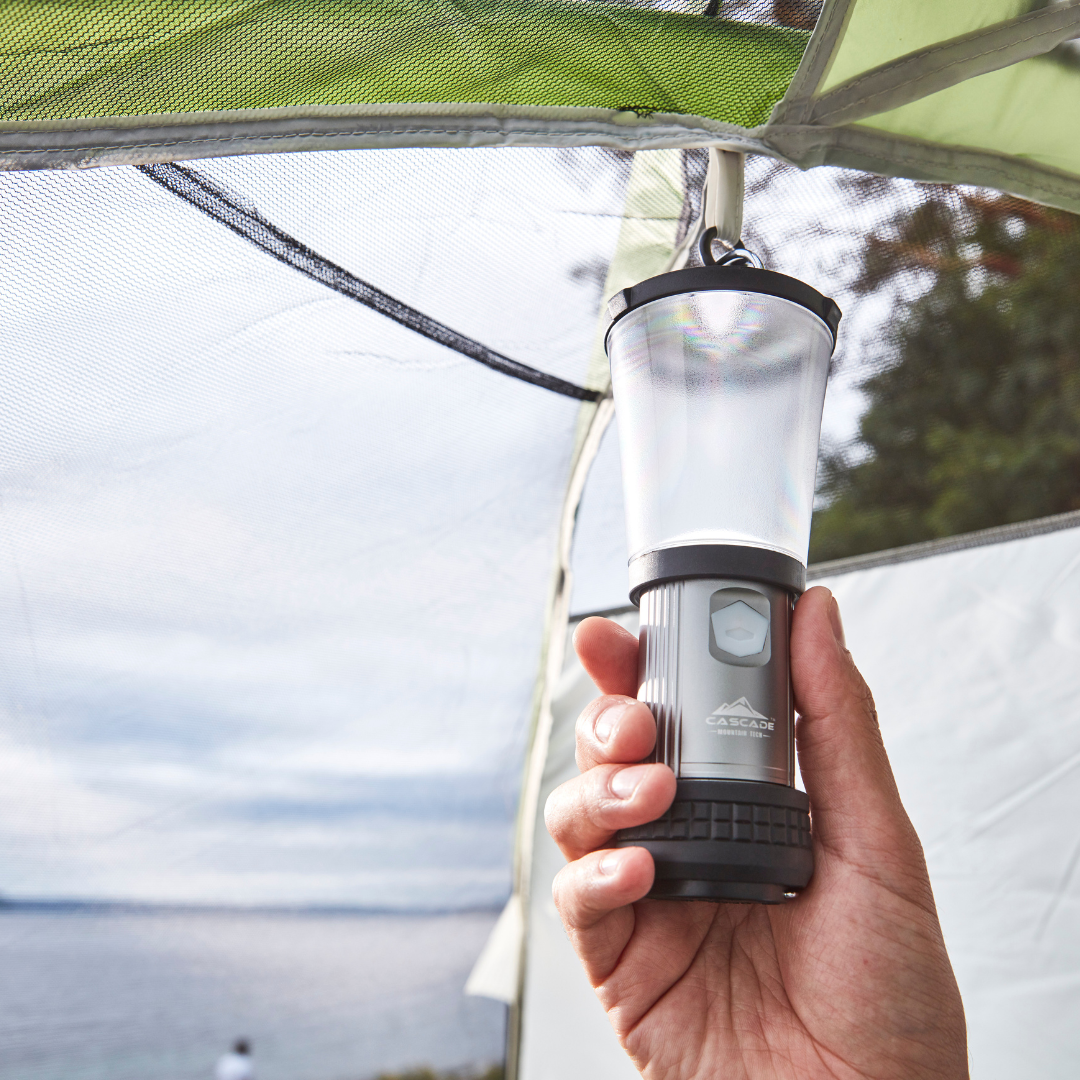
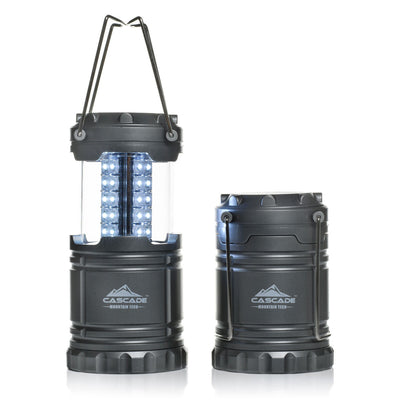
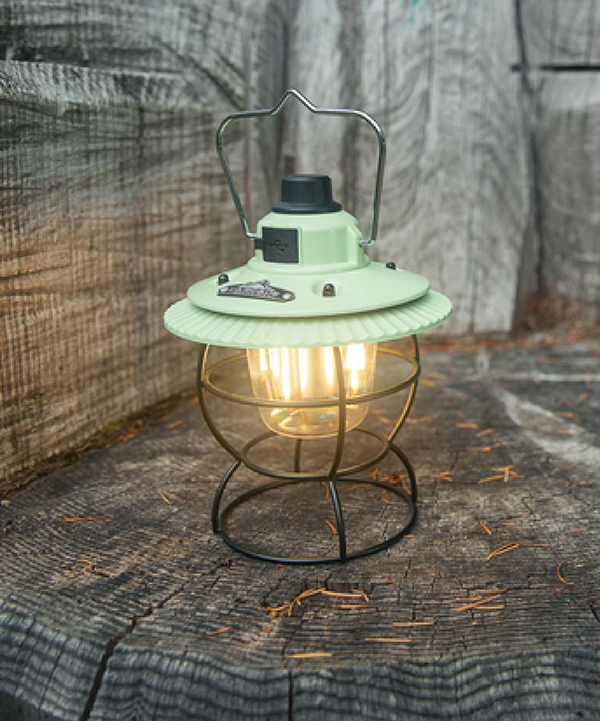

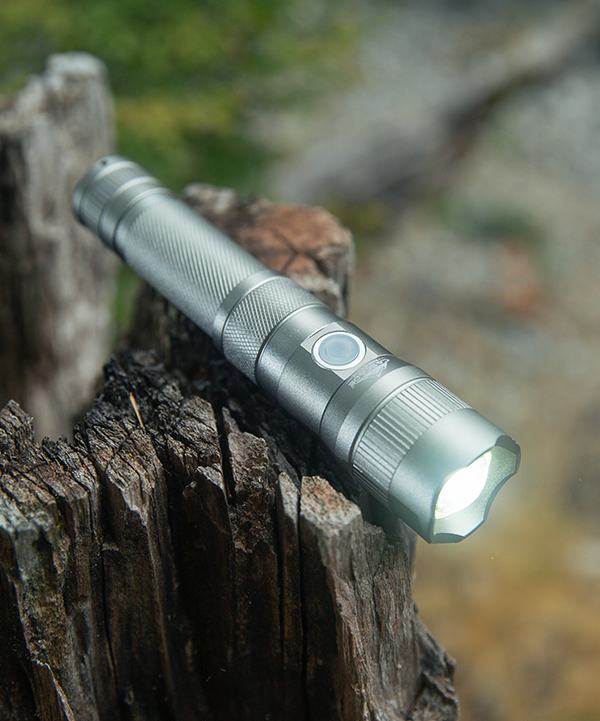
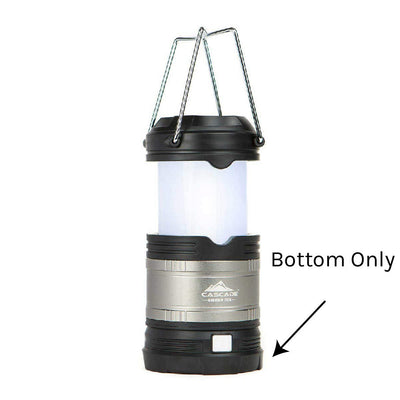
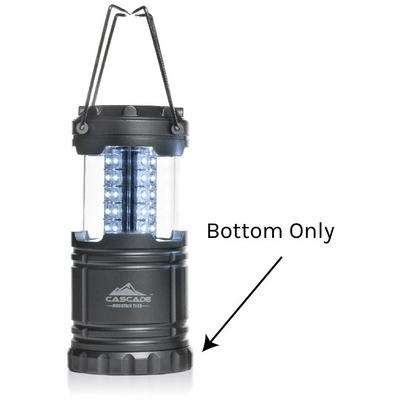
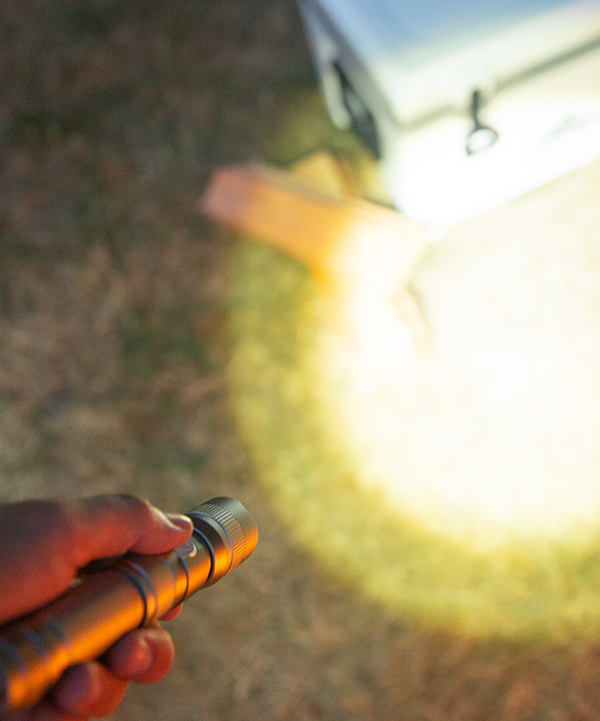
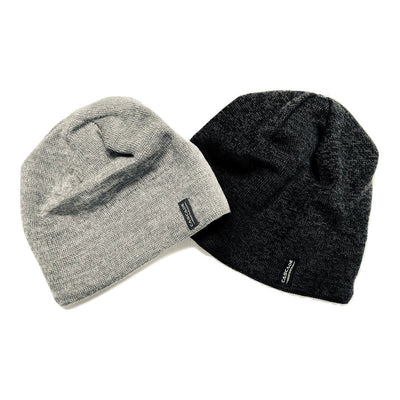
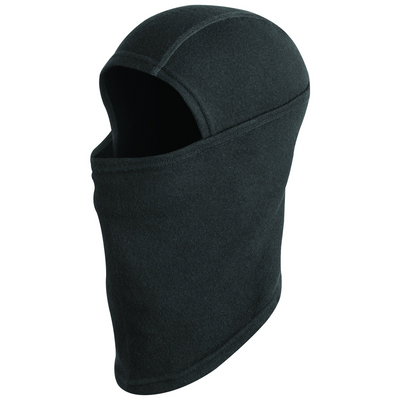
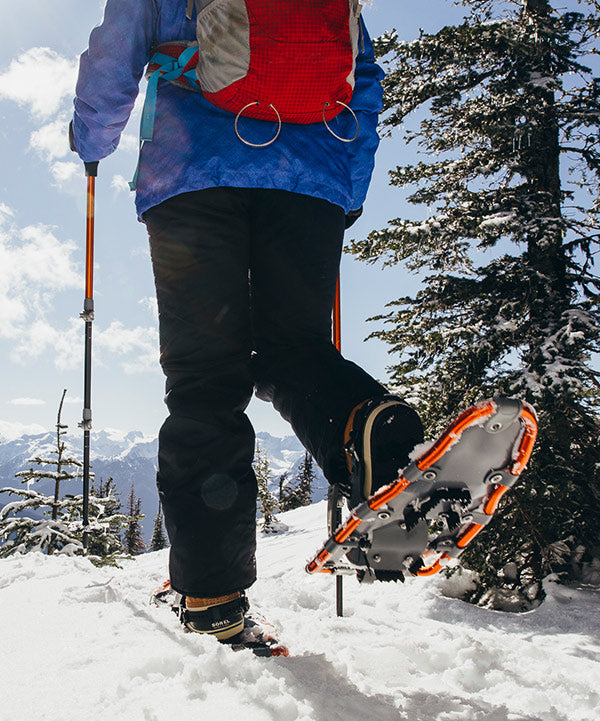
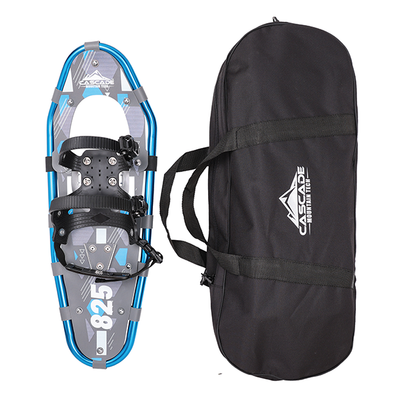
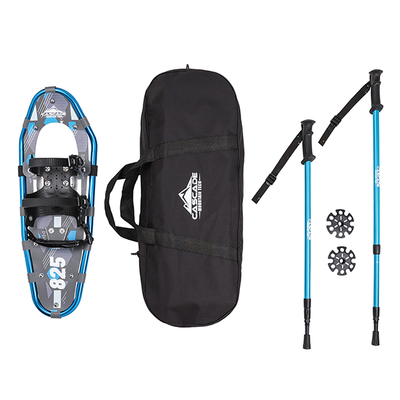
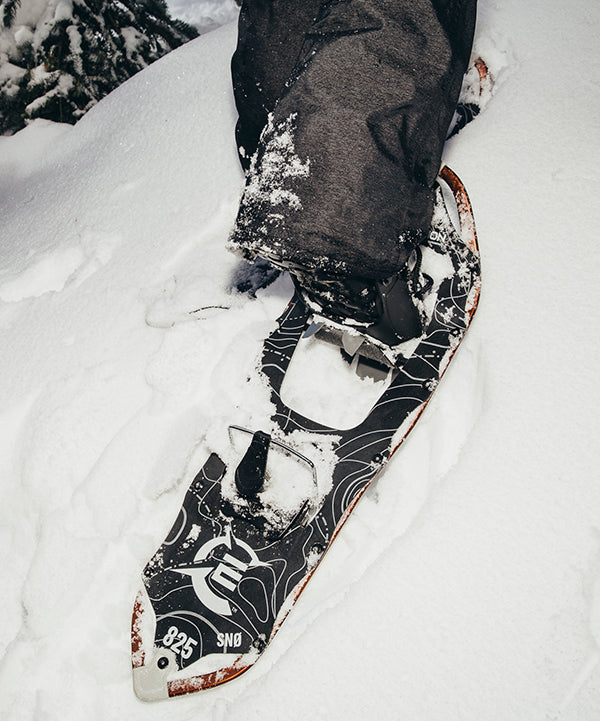
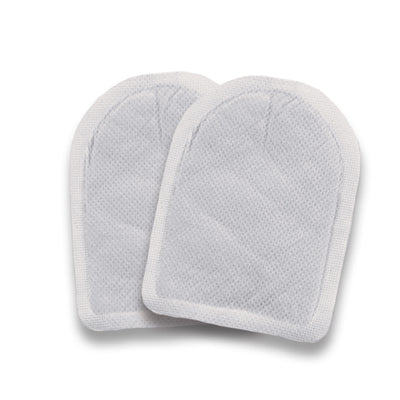

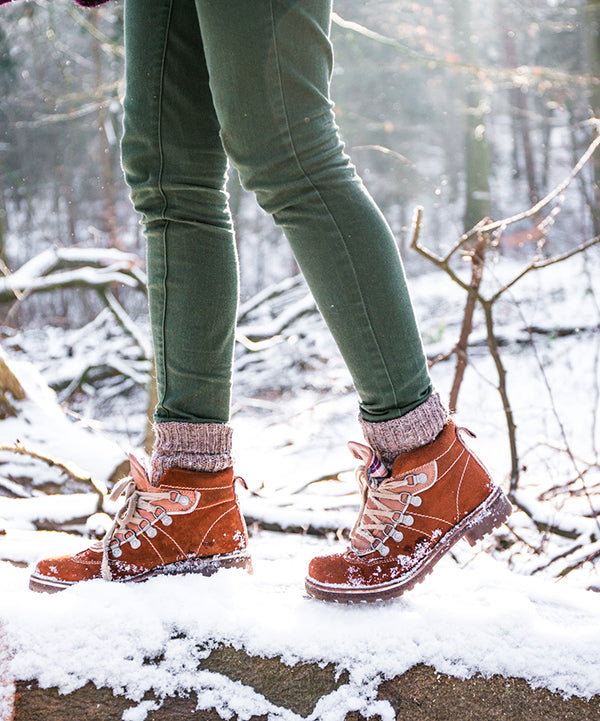
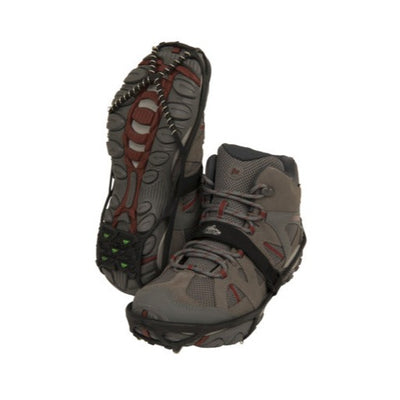
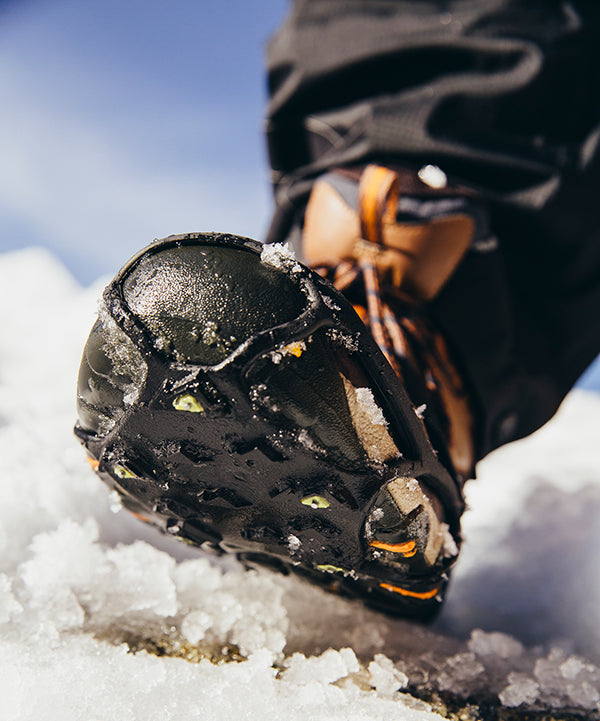
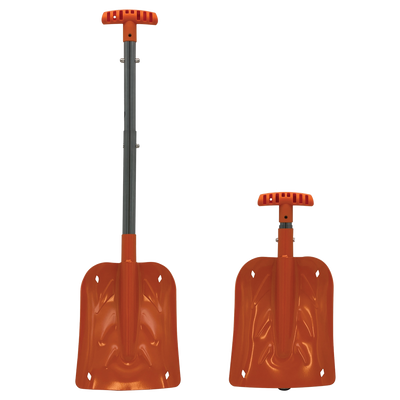
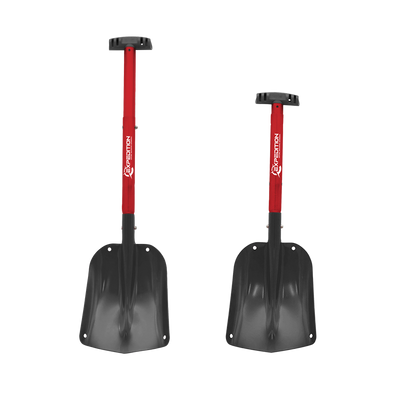
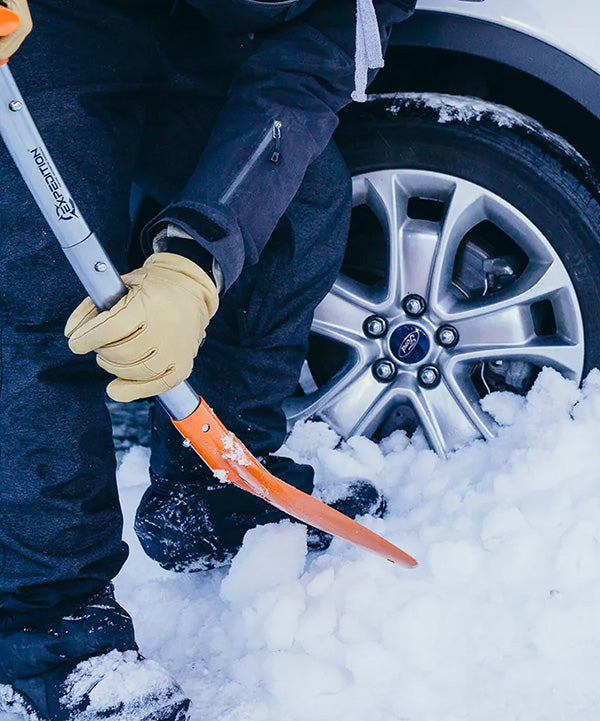
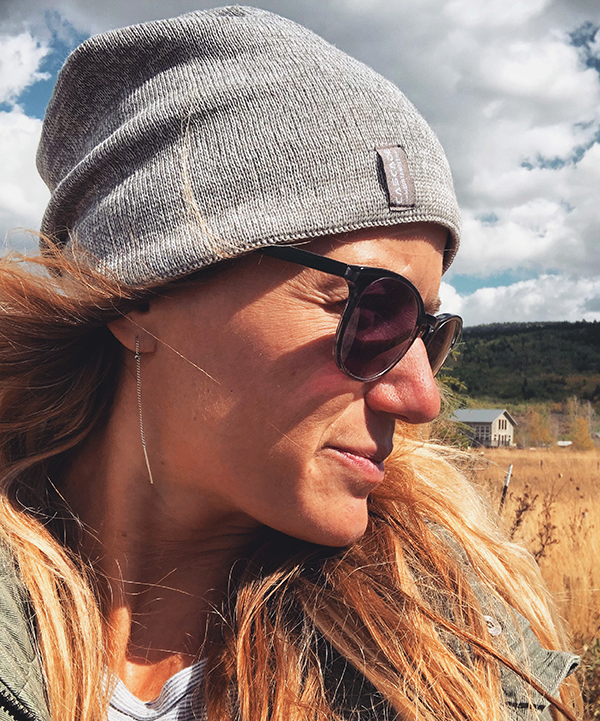
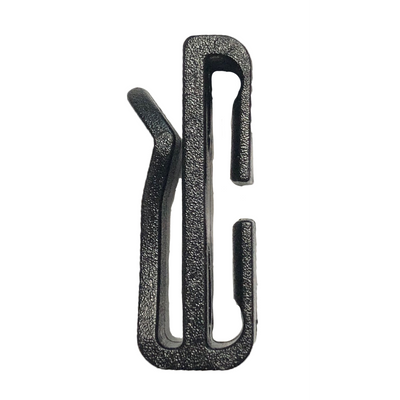
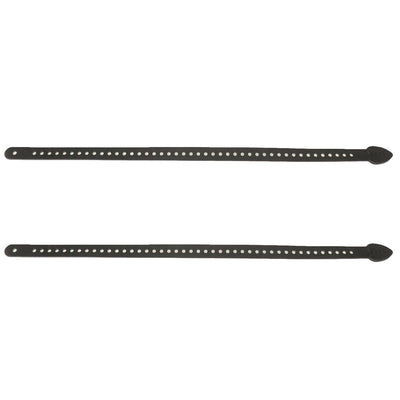
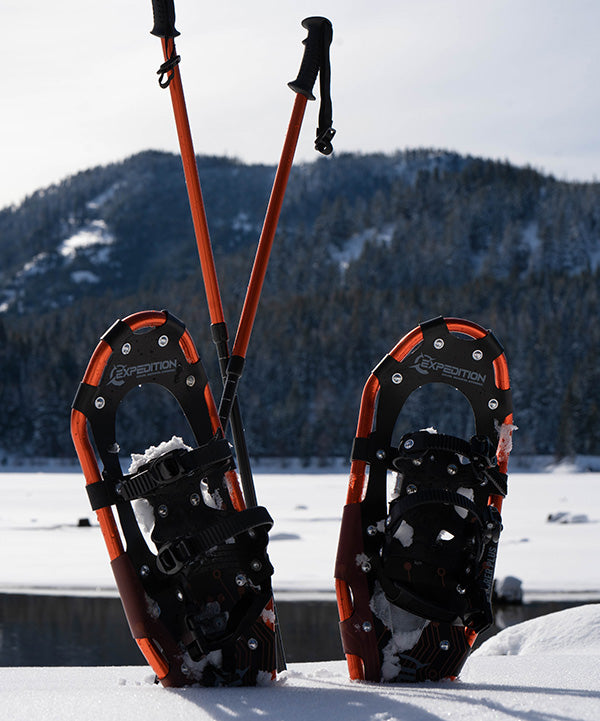













FYI We were in the Winds this August (2020) And there’s no camping within a 1/4 mile of Lonesome Lake.
FYI We were in the Winds this August (2020) And there’s no camping within a 1/4 mile of Lonesome Lake.
Leave a comment